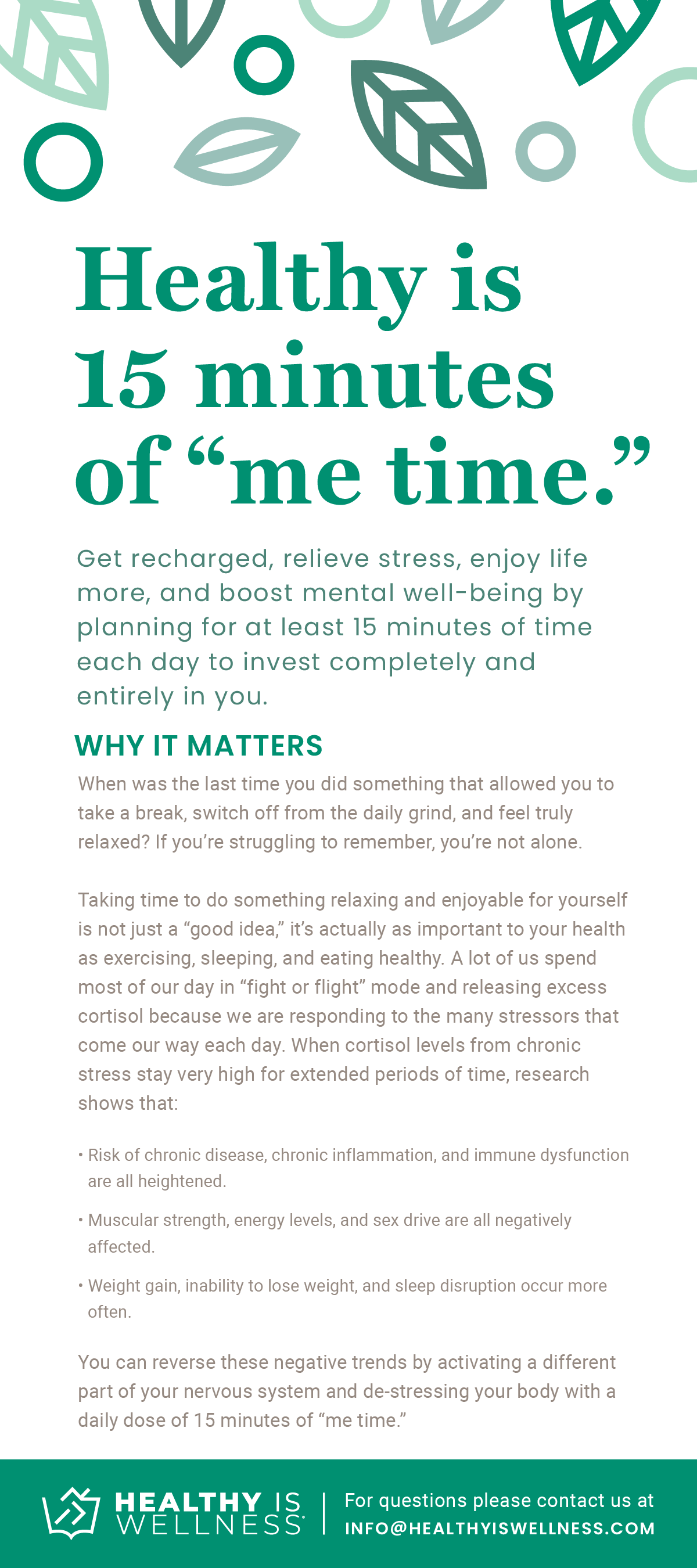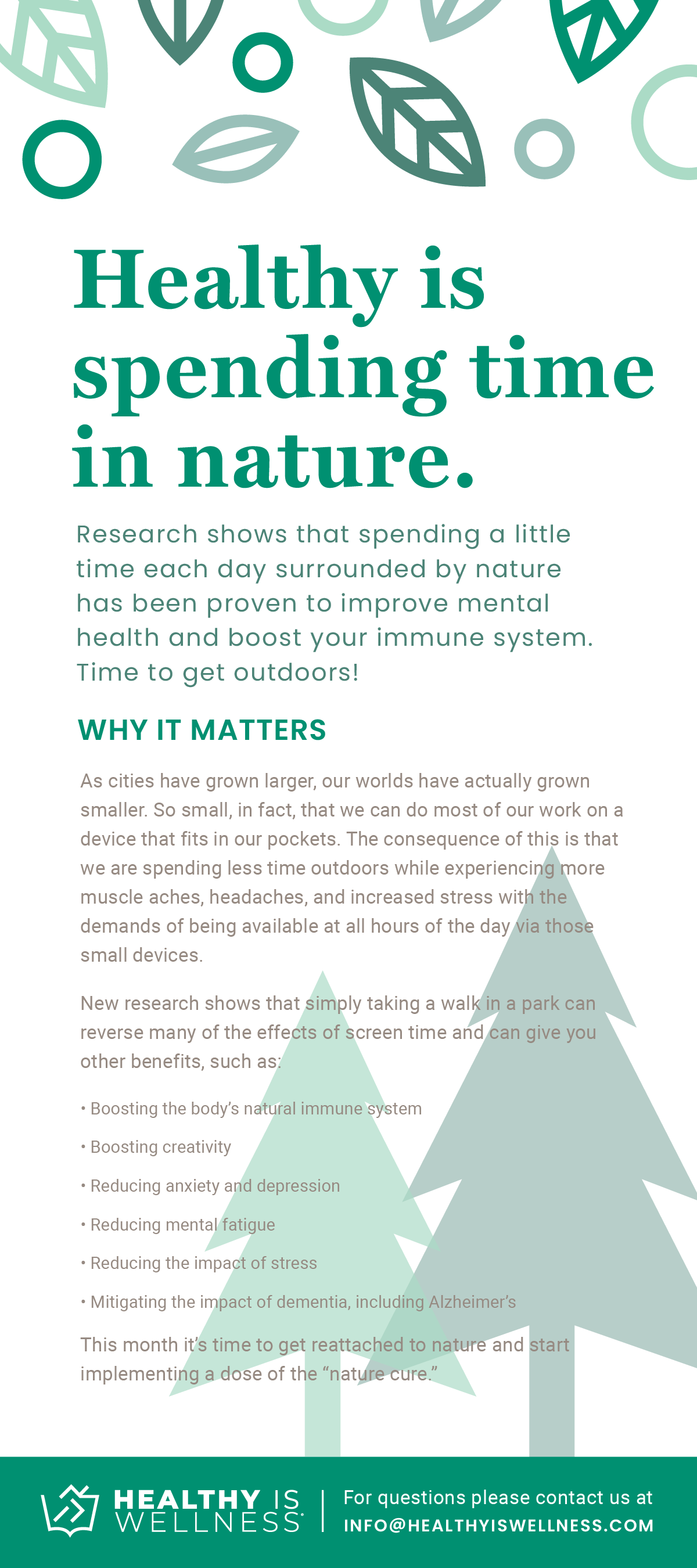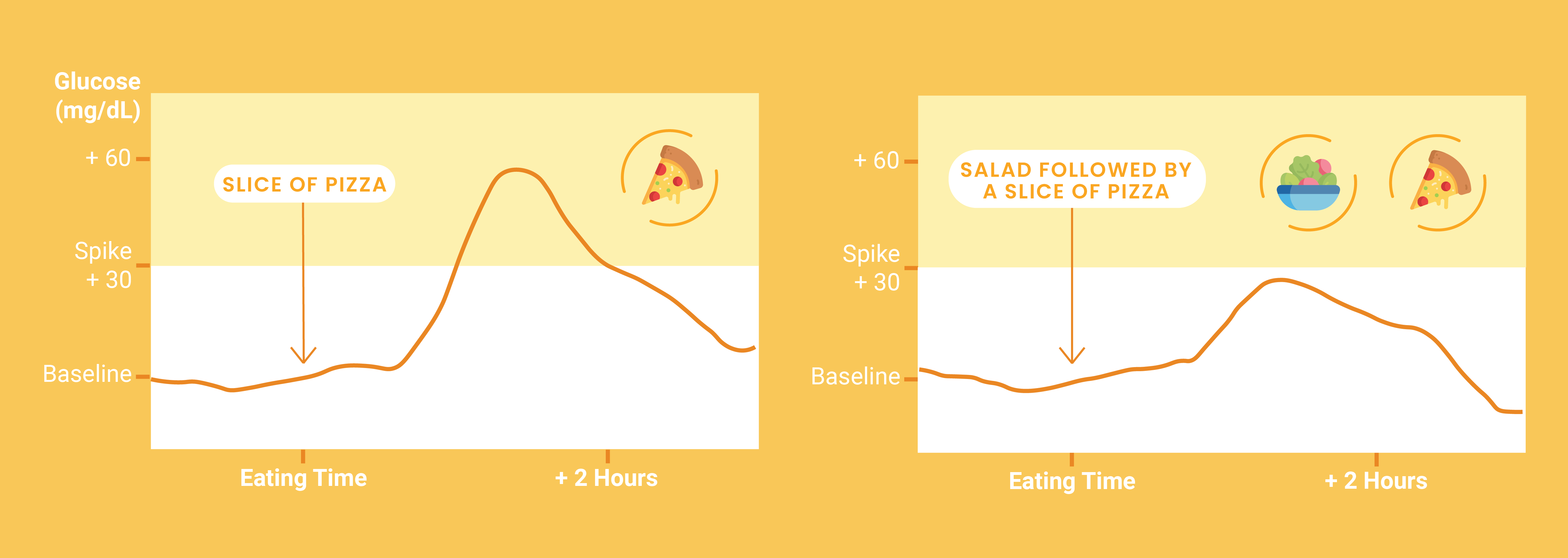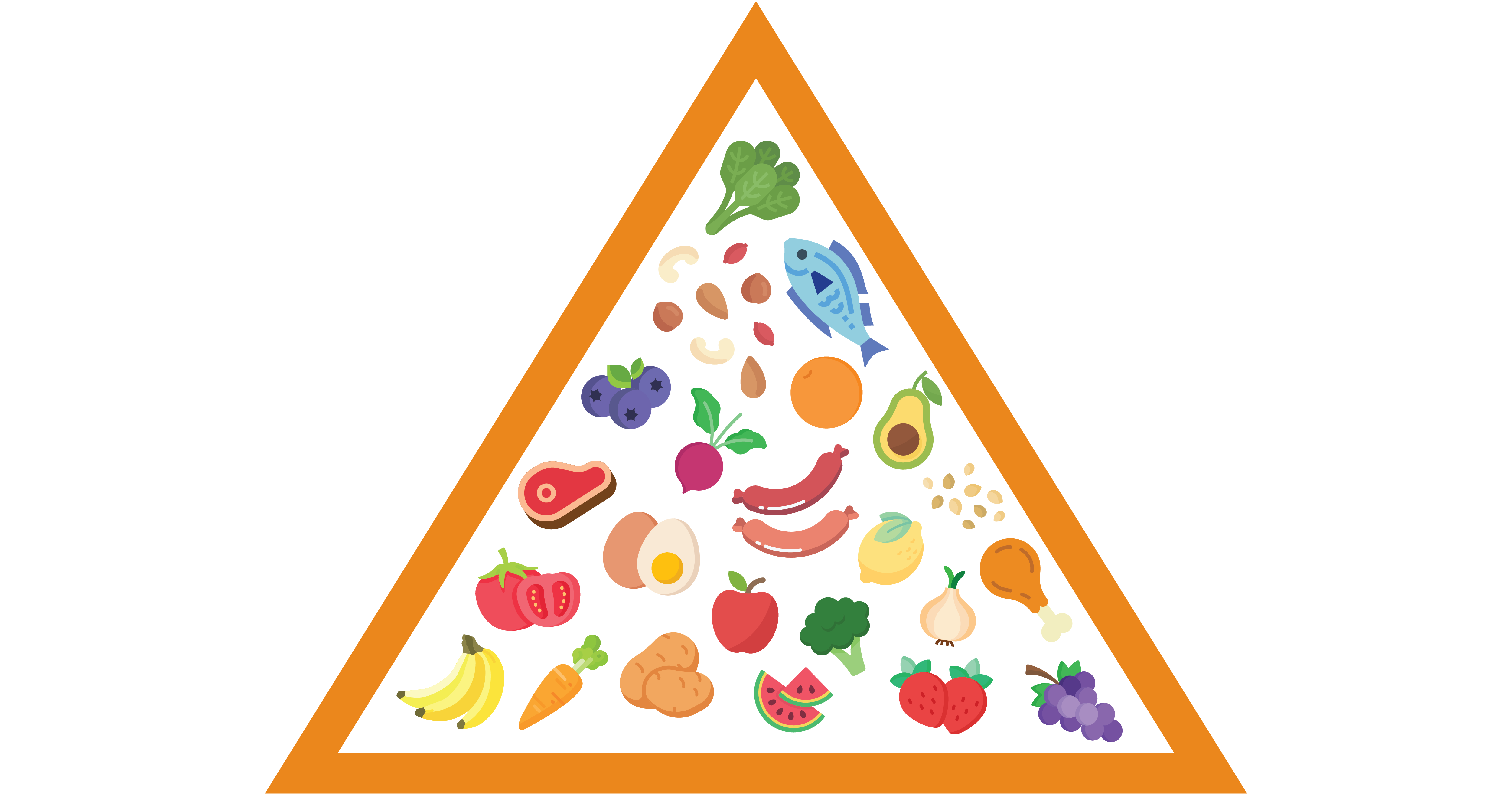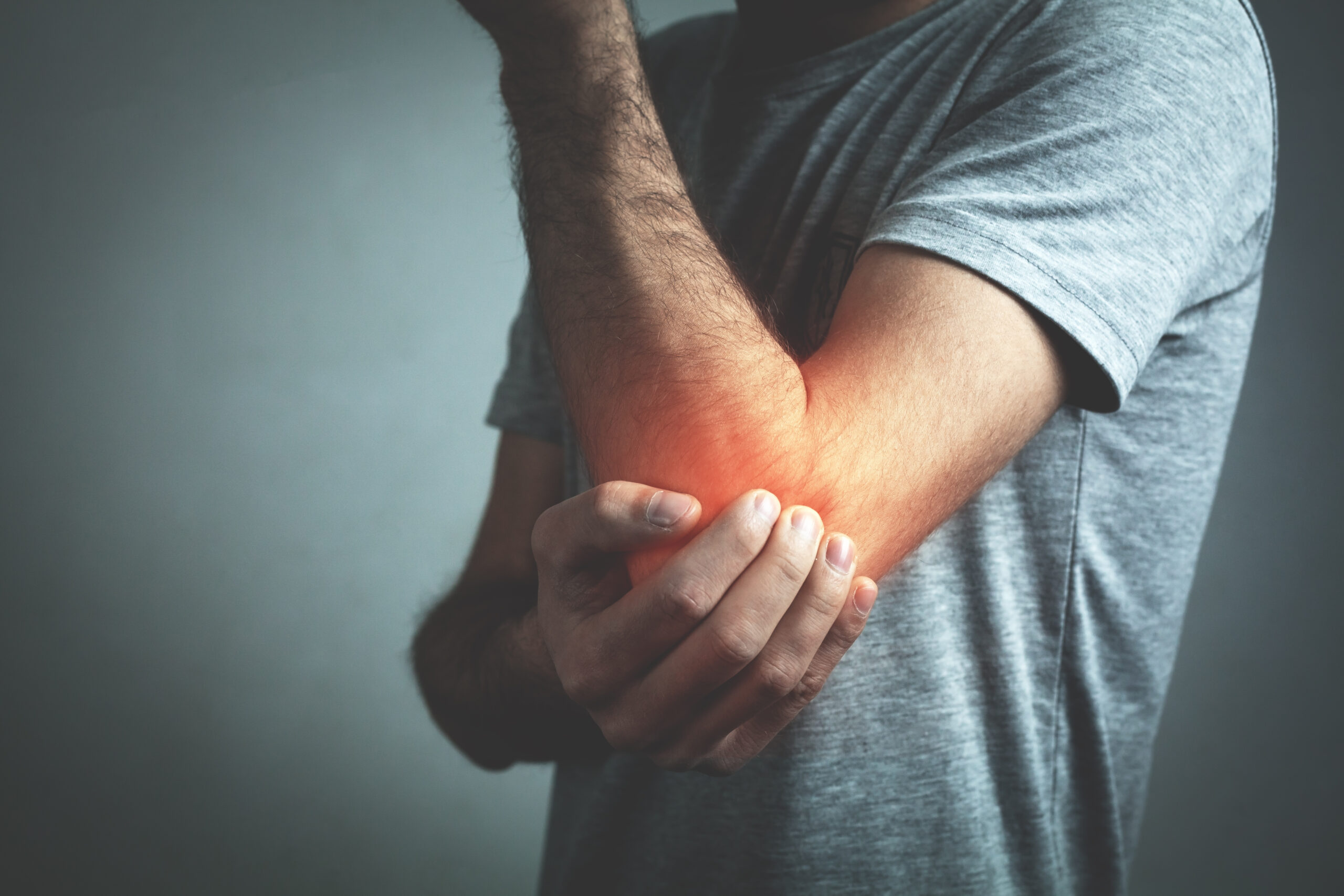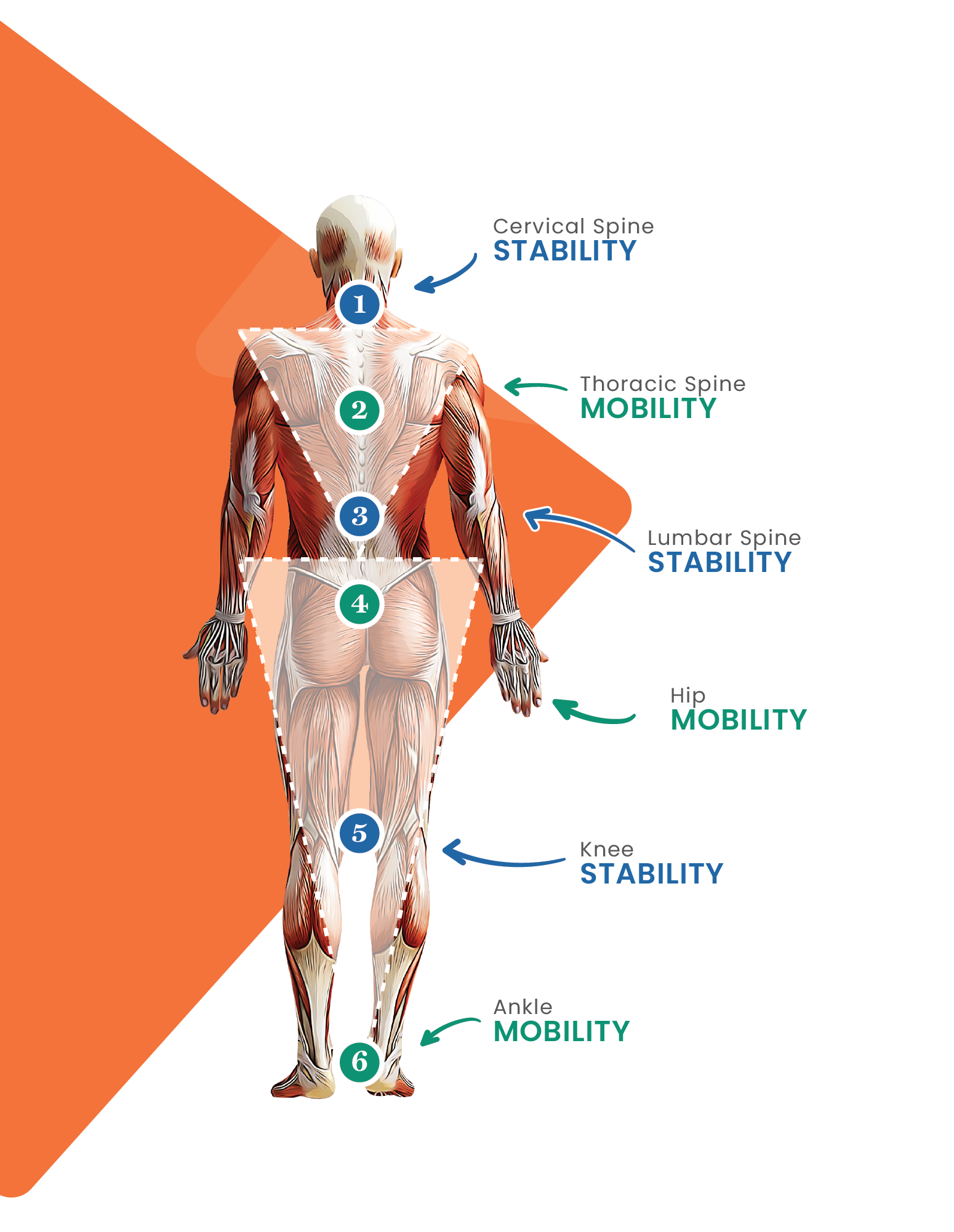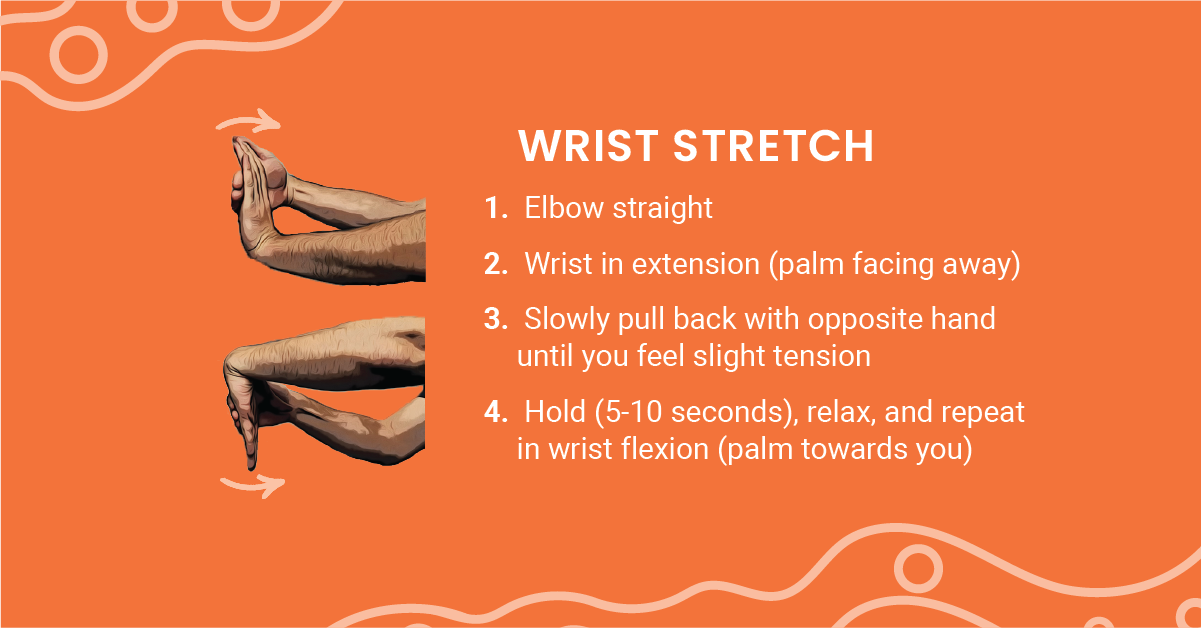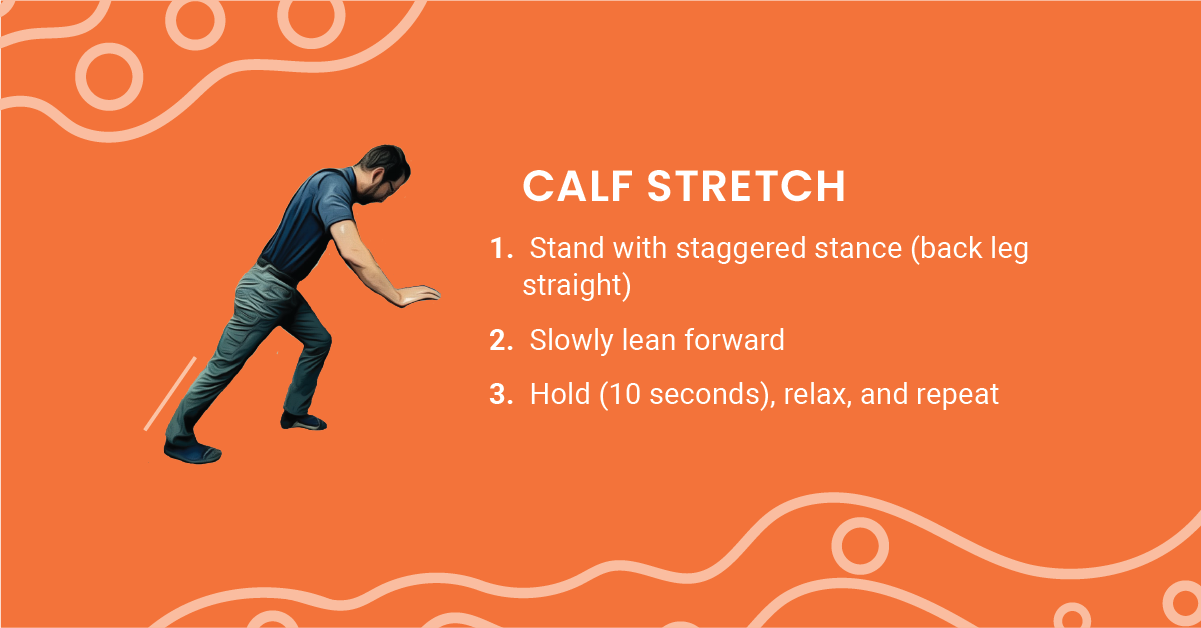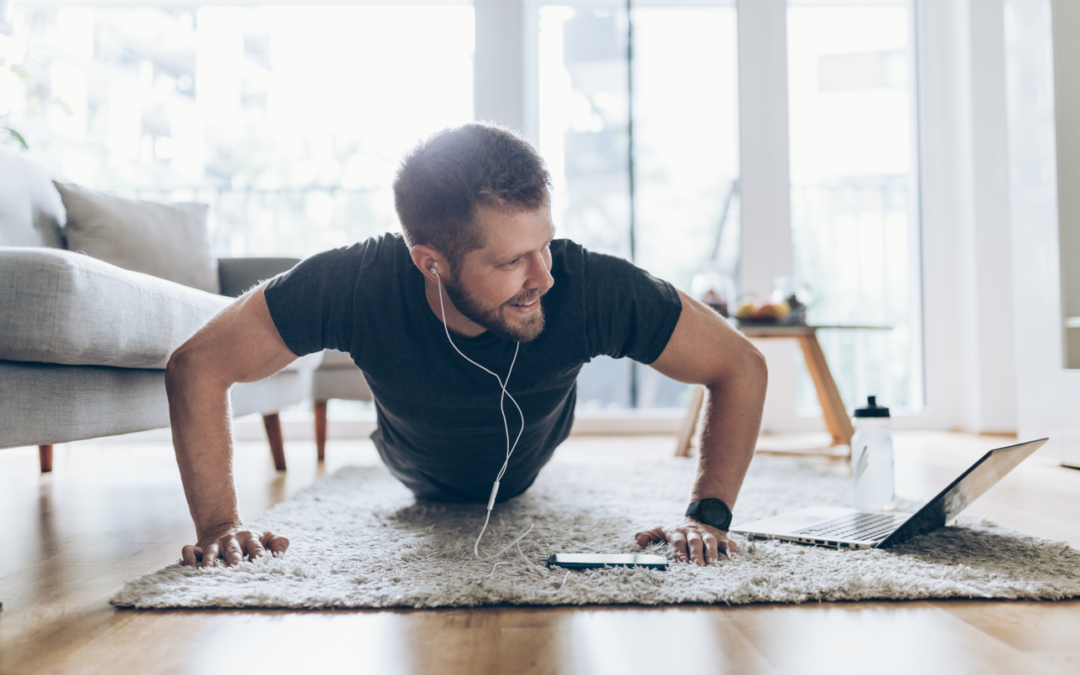
Healthy Is the Power of Hormesis
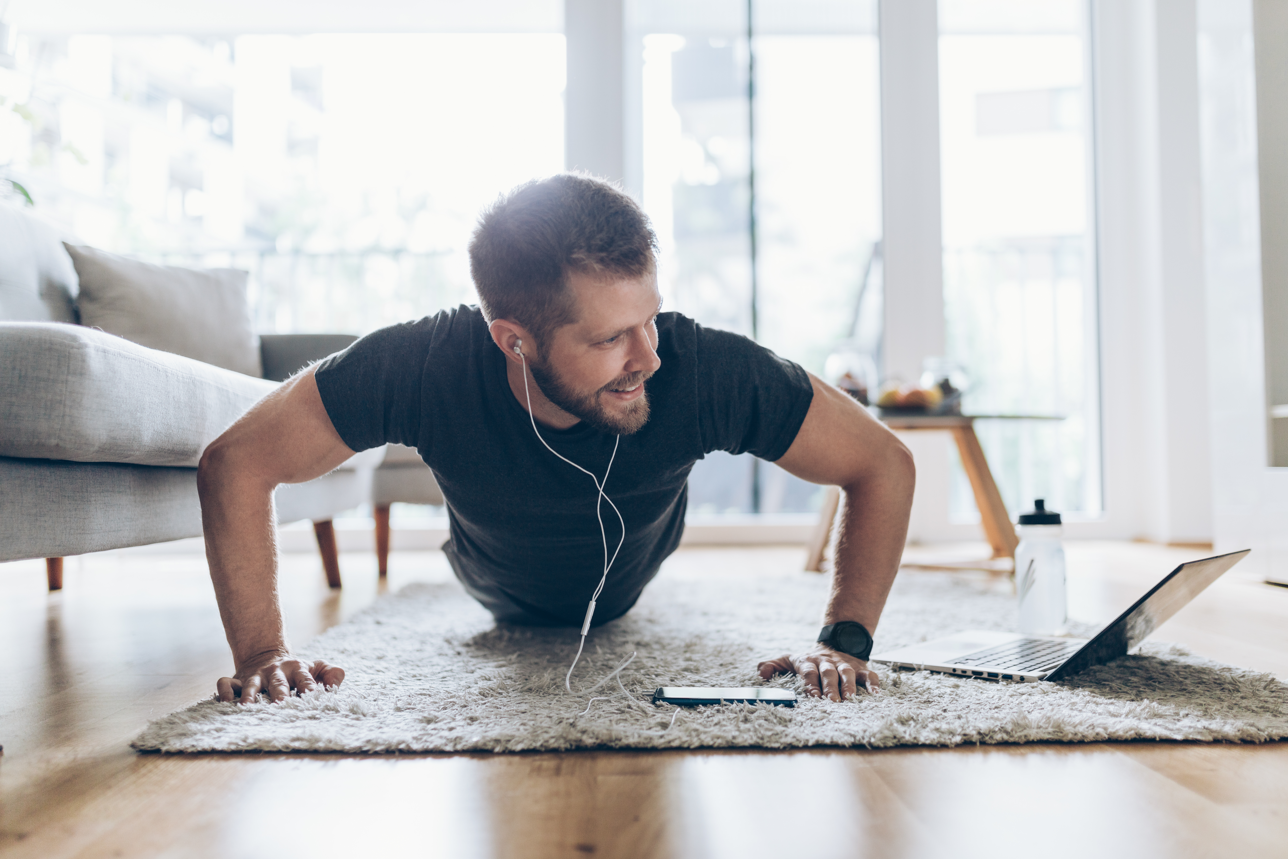
You have a superhuman power inside of every cell in your body, and this month we teach you how to begin to use it as we dive into harnessing the healing power of hormesis.
Which of the following do you think is true?
- To build muscle, you first have to tear muscle.
- To lower your body temperature, you first have to raise it.
- To make nerves grow, you first have to stress them.
The answer is: ALL of these statements are true. The reason is because your body is designed to come back stronger than it was before when it experiences acute levels of stress. This Herculean process of becoming more resilient in the face of stress is actually the default reaction of the body, and it is a well-studied phenomenon called hormesis.
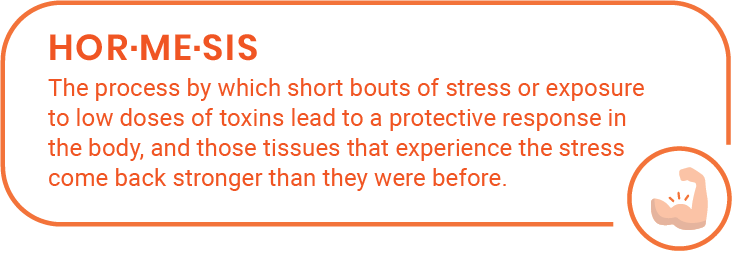
This stress-induced process of resiliency evolved to enhance the survival of all animals. And through short, intense bouts of effort YOU can harness the power of hormesis!
Harness the power of hormesis.
It’s as easy as 1, 2, 3!

STEP 1
Pick a timeframe that you can commit to for physically “stressing yourself to heal yourself” three times each week. This should be a timeframe that is very easy to commit to. We recommend 10 minutes to get started.

STEP 2
Pick an activity you enjoy, and turn it into a hormesis workout! This means go really high intensity for a short time, then take a break. Our recommended start time is 30 seconds of an exercise followed by 30 seconds of rest. Repeat until your time is up, and you’re done!

STEP 3
Enjoy the scientifically backed benefits of short, intense bouts of exercise! Studies have shown that even 30 seconds of all-out bursts of exercise can lead to increases in athletic performance markers like aerobic capacity and peak power, and can lead to these changes in only two weeks! They can also help build lean mass and burn fat, including visceral fat. This is the amazing power of hormesis!
Come see us at one of our October events to learn more and get started!
“If we always choose comfort, we never learn the deepest capabilities of our mind or body.” – Wim Hof




